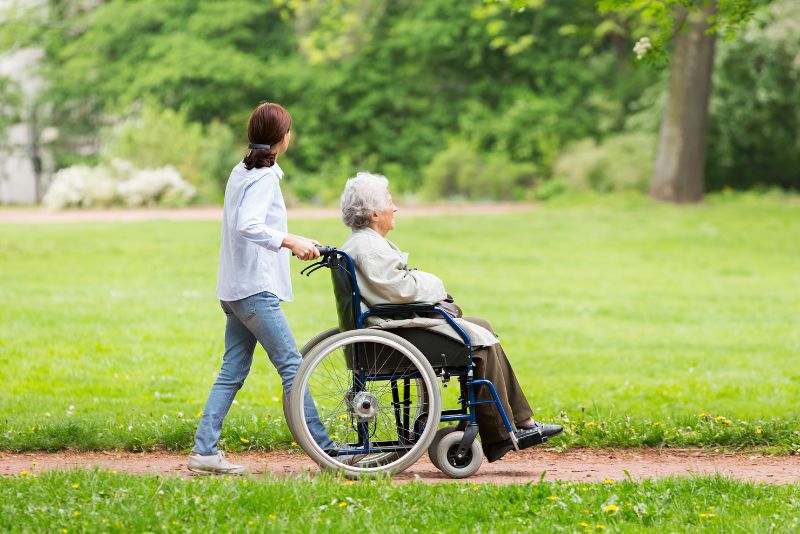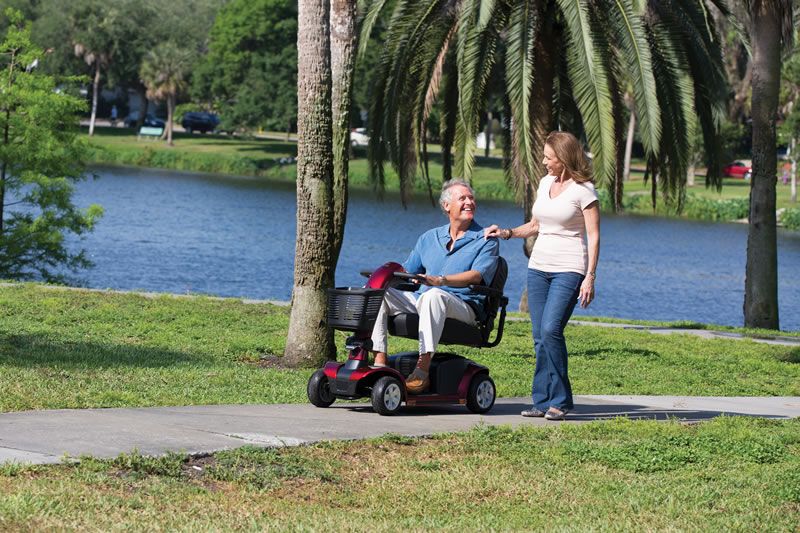The question of what to eat for weak legs in elderly is crucial for maintaining health and independence. With advancing age, both muscle strength and nutritional needs evolve. Elderly individuals may find that their diets require more attention to certain nutrients that support muscle health and overall vitality. A well-planned diet can help address the challenges of weak legs, contributing to a stable and fulfilling life. This article delves into the vital foods and nutritional strategies to consider.

The Importance of Diet in Elderly Mobility
For seniors, diet plays a significant role in maintaining muscle strength and functional mobility. A balanced diet can support the muscles and bones while preventing illnesses that further weaken physical capabilities. Focusing on what to eat can mean all the difference in how seniors live their day-to-day lives, ensuring they remain mobile and active.
Essential Nutrients
Certain nutrients stand out as vital for seniors experiencing weak legs:
- Protein: Integral for muscle repair and growth, protein-rich foods are crucial. Lean meats, eggs, and legumes are excellent sources.
- Calcium and Vitamin D: These nutrients support bone health. Dairy products, fortified foods, and sun exposure help provide these nutrients.
- Omega-3 Fatty Acids: They reduce inflammation and support joint health. Sources include fish, flaxseeds, and walnuts.
- Vitamin C and Antioxidants: Important for tissue repair and reducing inflammation, found in fruits and vegetables like oranges, bell peppers, and spinach.
Recommended Dietary Practices
The right dietary habits can reinforce muscle strength and support weak legs. Integrating these practices into daily life can yield substantial benefits:
Protein-Rich Foods
Building a diet that includes high-quality protein is essential. Foods like chicken, tofu, lentils, and quinoa are not only nutritious but versatile options that can fit into any meal plan.
Balanced Calcium and Vitamin D Intake
The proper intake of calcium and vitamin D can be ensured through consumption of fortified dairy or plant-based alternatives and exposure to sunlight.
Practical Tips for Implementing a Supportive Diet
Meal Planning
Incorporating a variety of foods into each meal ensures a range of nutrients. Always include a source of protein, fresh produce, and healthy fats.
Hydration
Staying hydrated supports muscle function and overall well-being in the elderly. Encourage regular water intake throughout the day.
Mindful Eating
Adjusting eating habits to savor each bite and ensuring proper portion sizes prevent overeating and contribute to better digestion and nutrient absorption.
Incorporating Exercise
Alongside a strategic diet, regular exercise tailored for seniors can further strengthen muscles and improve leg stability. Simple exercises like walking, leg lifts, and water aerobics can suit varying mobility levels [Back massager for seniors](https://productsseniorslike.com/back-massager-for-seniors-let-them-sit-and-stand-comfortably/).
Seeking Professional Guidance
Nutritionists and healthcare providers can offer tailored advice to meet specific needs. Adopting personalized dietary solutions is vital for addressing and improving weak legs in seniors.
Connecting Diet to Overall Health
A comprehensive approach that combines diet, exercise, and lifestyle factors will have a profound impact on the health and independence of the elderly. A proactive stance can significantly enhance quality of life.
The Role of Supportive Products
Alongside dietary adjustments, supportive products like the grabber tool for the elderly can aid in daily tasks without straining the legs.
Conclusion
Maintaining muscle and bone health in older age through carefully chosen foods and mindful eating practices leads to an enriched lifestyle and reduced risk of falls or mobility issues. These proactive steps ensure a high quality of life, full of energy, and independence for the elderly. Implementing these dietary and lifestyle changes supports not only the legs but a joyful, active existence.

FAQs
1. Which foods are best for elderly to strengthen their legs?
A combination of protein-rich foods like lean meats and plant-based options, fruits, vegetables, and bone-strengthening nutrients like calcium and vitamin D are best.
2. How does staying hydrated impact leg health in the elderly?
Hydration is crucial as it maintains proper muscle function and overall well-being, reducing the risk of muscle cramps and fatigue.
3. Can lifestyle changes improve mobility in seniors?
Yes, integrating supportive diets, appropriate exercises, and using assistive tools like a personal alert system can significantly enhance mobility and safety.
This article contains affiliate links. We may earn a commission at no extra cost to you.

